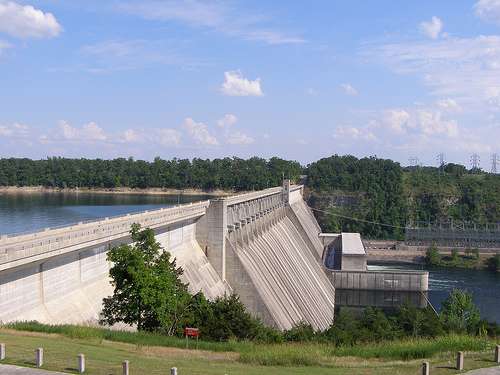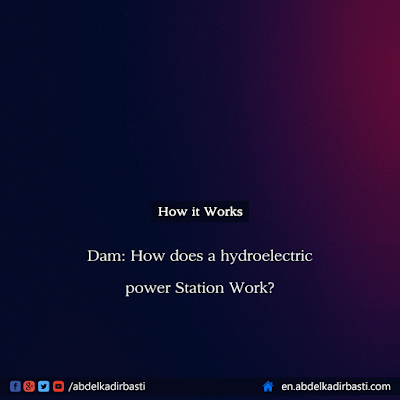Dam: How does a hydroelectric power Station Work?
A hydroelectric plant consists of a dam but not only. Find out how it works in detail.
THE hydraulic energy is a renewable energy who uses the kinetic energy and potential of water (River, waterfall and) tide to produce mechanical energy and, most importantly, electricity. One speaks then of Hydro.
Basically, a hydroelectric plant consists of three elements:
- a dam (except for installations over water);
- a bypass channel;
- power conversion devices.

Operation of a hydroelectric dam
The dam holds back a portion of the water that flows and creates a reservoir. This Lake is a stock of water, so this is a way of store renewable energy. In the case of river, this reservation does not exist and it is not possible to modulate the flow water needs.
The flow of water or the opening of the floodgates of the dam leads water in a channel until the electric turbines. Greater flow and waterfall height, more water transports energy.
This water operates the turbines that lead in turn to generators to produce the electric current. One transformer then injects this electricity into the network, where it is transported by lines at high or very high voltage.
Disadvantages of a hydroelectric dam
Them dams Hydro have however several disadvantages to the functioning of ecosystems, the transport of sediment and navigation. Indeed, after the transmission of electricity in the network, water joined the watercourse, sometimes with flow, which can disrupt ecosystems and lead to a risk of drowning.









Post a Comment